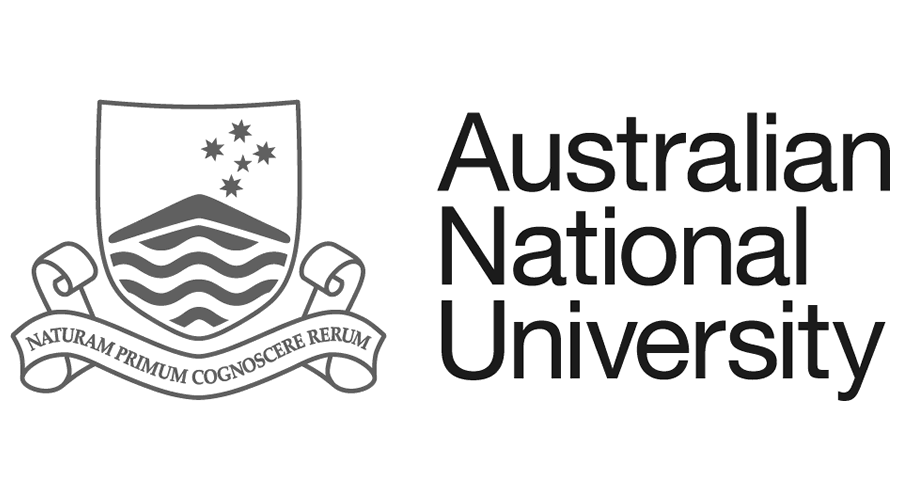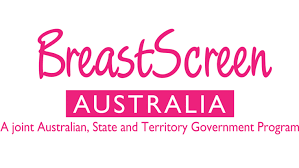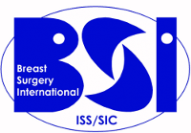NIPPLE DISCHARGE
What is nipple discharge?
Nipple discharge is when fluid leaks from the nipple.
Nipple discharge can be
- Spontaneous (fluid leaks from the nipple without any squeezing of the nipple) or on expression (fluids comes out of the nipple only when the nipple is squeezed)
- Unilateral (from one breast) or bilateral (from both breasts)
- Single duct (from one opening on the nipple) or multiple ducts (from more than one opening on the the nipple)
- Blood-stained, clear, green, milky or yellow in colour
Can nipple discharge be normal?
Nipple discharge can be normal. Fluid can be obtained from the nipples of around 70% of women when special techniques, massage or devices (e.g. breast pumps) are used. This discharge of fluid from a normal breast is called 'physiological discharge'.
Physiological discharge is typically on expression (rather than spontaneous), comes from multiple ducts and yellow, milky or green in colour.
Physiological discharge requires no treatment. It is important to stop expressing or squeezing the nipple and breast, as this causes more fluid to be made. The discharge will usually stop when you stop expressing.
When is nipple discharge abnormal?
Spontaneous nipple discharge unrelated to pregnancy or breastfeeding is abnormal. Nipple discharge caused by disease in the breast is more likely to be unilateral, confined to a single duct and clear or blood-stained in appearance. Nipple discharge associated with other symptoms such as a lump or skin changes always requires investigation with the triple test, even if the discharge is not spontaneous or blood-stained.
What are the causes of abnormal nipple discharge?
There are many causes of abnormal nipple discharge.
Duct Ectasia
Duct ectasia is a benign condition in which there is enlargement and inflammation of the ducts under the nipple. It usually occurs in women after menopause. The discharge caused by duct ectasia usually comes from both breasts and multiple ducts, and is yellow, green or brown. In most cases, no treatment is required. If the discharge is a nuisance, the ducts behind the nipple can be removed surgically.
Intraductal Papilloma
An intraductal papilloma is a benign wart-like tumour that grows inside the ducts of the breast. It is made up of glandular tissue as well as fibrous tissue and blood vessels. It may cause no symptoms, or it may cause a nipple discharge that is clear or blood-stained. The discharge usually comes from a single duct and from one breast only. Surgery is generally recommended for papillomas as they can be difficult to diagnose confidently on a needle biopsy and can rarely be associated with breast cancer. Papillomas that are not removed are usually monitored with ultrasound for a period of time.
Nipple Eczema
Eczema or dermatitis affecting the skin of the nipple, particularly if it becomes infected, can cause a weeping discharge associated with crusting of the nipple. Punch biopsies of the affected skin may be required to rule out Paget's disease. Treatment is with steroid based creams, the same as for eczema elsewhere in the body.
Paget's Disease of the Nipple
Paget's disease of the nipple is an uncommon type of breast cancer in which cancer cells grow in the nipple-areolar complex. Paget’s disease causes the nipple skin to become red, painful, scaly and sometimes ulcerated, and it may be associated with blood-stained or clear nipple discharge.
Breast Cancer
Breast cancer is an uncommon cause of nipple discharge. Less than 5% of women with breast cancer present with nipple discharge, and most will have other symptoms such as a lump or inverted nipple.
Will I need surgery?
Surgery for nipple discharge, known as microdochetomy or total duct excision, is required for
- Diagnosis of blood-stained nipple discharge even if imaging shows no abnormality (as changes behind the nipple can be difficult to see)
- Treatment of the underlying disease (e.g. intraductal papilloma)
- Treatment of annoying discharge caused by benign conditions (e.g. duct ectasia)
















